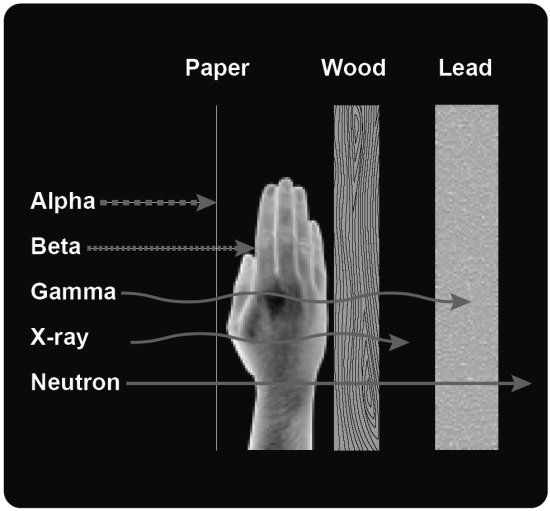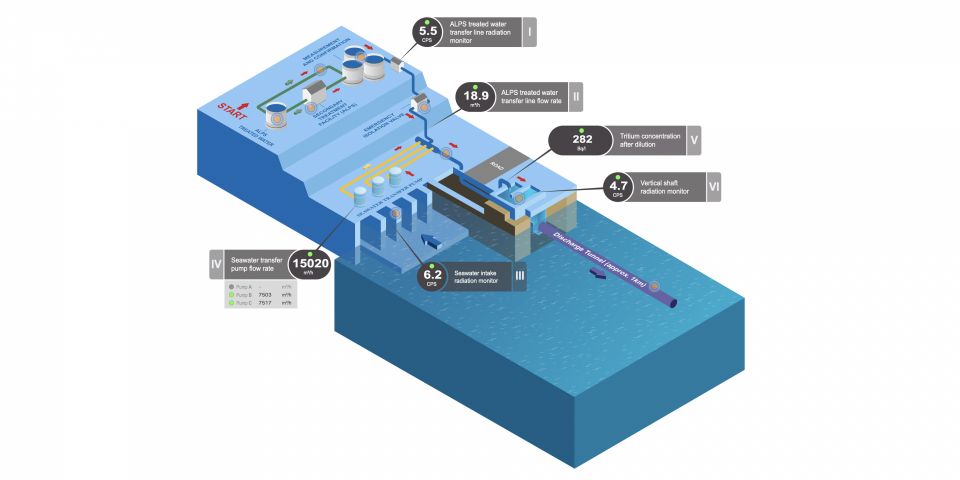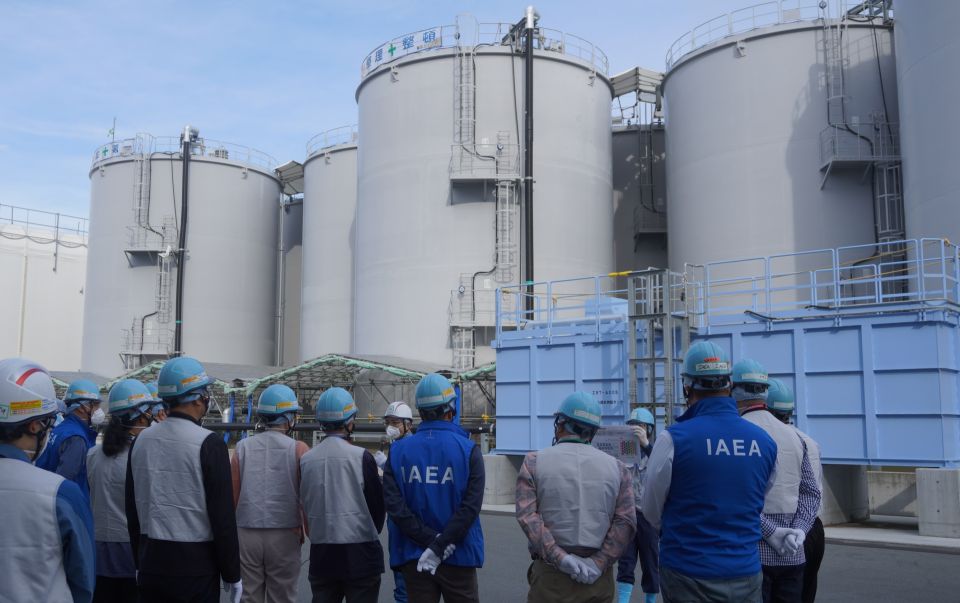ANS Q&A on Radiation & Fukushima
Fear of the unknown is a powerful force.
Explaining radiation issue related to Fukushima in plain English is the objective of this briefing.
Note to Readers: The online version of this briefing in PDF format at the ANS website contains multiple links to additional sources of information.
Q: What is the health risk of radiation from the Fukushima incident to people in the United States?
A: There is no health risk of radiation from the Fukushima incident to people in the United States or its territories, as the United States (US) Centers for Disease Control and Prevention, the US Environmental Protection Agency (EPA), the US Food and Drug Administration (FDA), and the US Nuclear Regulatory Commission (NRC) have affirmed.
Q: But radiation from Fukushima has been detected within the United States?
A: Yes. That's because we are able to detect very small amounts of radiation. Through the use of extremely sensitive equipment, some US laboratories have been able to detect very minute quantities of one type of radioactive material, Iodine-131 (I-131). The EPA has detected levels of I-131 of 0.8 picocuries per liter at locations in the US. This level is 5,000 times lower than the safe limit set by the FDA and poses no risk to health.
Q: Would taking potassium iodide tablets be a prudent precaution?
A: No. Potassium iodide provides some protection against the absorption of I-131 if it gets into the food and water we consume. However, food contaminated with I-131 is not being exported from Japan, and normal everyday background radiation is 100,000 times more than the highest radiation level detected in the United States from the Fukushima incident. In addition, iodine tablets can be risky for pregnant women, and/or people who are allergic or have certain skin disorders. Too much iodine can cause a thyroid disorder in infants. Iodine tablets also can cause side effects like nausea and rashes. Note that iodized salt is of no value as an anti-radiation medicine, as it is not possible to ingest amounts approaching an effective dose.
Q: What about the radiation risk to people living in Japan?
A: People living within 12 miles have been evacuated as a precaution, and people within 19 miles have been advised to leave the area or to stay indoors and try to make their homes airtight. U.S. citizens located within 50 miles of the plant site were initially advised by the United States Nuclear Regulatory Commission to leave the area for the time being. In an appearance before a U.S. Senate Subcommittee on March 30, NRC Chair Gregory Jazco stated that he believes a 20- mile evacuation zone around the Fukushima Daiichi nuclear plant in Japan represents a "safe distance," given radiation readings around the damaged plant. The Japanese government advised against using tap water for infant formula when levels of I-131 temporarily exceeded recommended safe levels, although those restrictions have been lifted in all areas except four locations around Fukushima. Also, tests for plutonium in the Fukushima area found levels indistinguishable from normal background, and thus pose no health risk. The samples are being tested to determine if any particles are from the power plants rather than old nuclear weapon tests. Although these were all sensible precautions, increases in radiation in the area have been so small as to not pose a measurable health risk.
Q: What about the radiation risk to people working at the site?
A: The Fukushima nuclear power plant workers are at risk for radiation exposure. However, they have extensive knowledge of how to minimize their exposure, training in the principles and practice of radiation protection, and portable radiation measurement instruments and protective gear. They are monitored closely to keep exposure well below internationally accepted standards.
Q: Is any level of exposure to radiation safe?
A: Yes. Safe levels of radiation are well understood and have been evaluated and agreed upon by many independent panels of experts. Daily exposure to very low levels of radiation is a normal part of life on planet Earth. Everyday we are exposed to radiation that is produced by the sun, radioactive materials in the earth and the air, and even trace amounts of naturally radioactive potassium and carbon contained in our own bodies.
Q: What is the risk of radioactivity getting into the US food supply?
A: Normally very little food from the Fukushima region is imported into the USA. Affected foods from the region around the Fukushima plant have been banned from export by the Government of Japan. Any food from that area not already restricted by the Government of Japan will be detained for testing by the U.S. Food and Drug Administration (FDA) and not allowed into the USA unless shown to be absolutely free of contamination. Food from areas further from the plant will also be diverted for testing by the FDA. The immense quantity of water in the Pacific Ocean rapidly and effectively dilutes radioactive material, so fish and seafood are likely to be unaffected. Nonetheless, all seafood from Japan will also be diverted for monitoring. Even if affected foods from the Fukushima region were not banned or monitored, one would need to eat enormous amounts exclusively to approach the normal exposure from everyday background radiation.
Q: So what preparations should I make to protect my health from Fukushima?
A: None are needed. You would be better served to consider other lifestyle factors which have proven, direct impacts upon human health, such as tobacco use, exercise and weight control.
Q: Where can I find more information?
A: Two good places to learn about radiation are the American Nuclear Society interactive radiation chart and the Health Physics Society radiation answers. Good sources of information on radiation effects from the Fukushima incident include the Food and Drug Administration reports on Fukushima food safety, the US Environmental Protection Agency, the International Atomic Energy Agency, the US Nuclear Regulatory Commission, the Centers for Disease Control and Prevention, and the Health Physics Society. Also see the joint statement by the American Association of Clinical Endocrinologists, the American Thyroid Association, the Endocrine Society, and the Society of Nuclear Medicine.
Updated April 5, 2011
# # #






.jpg)